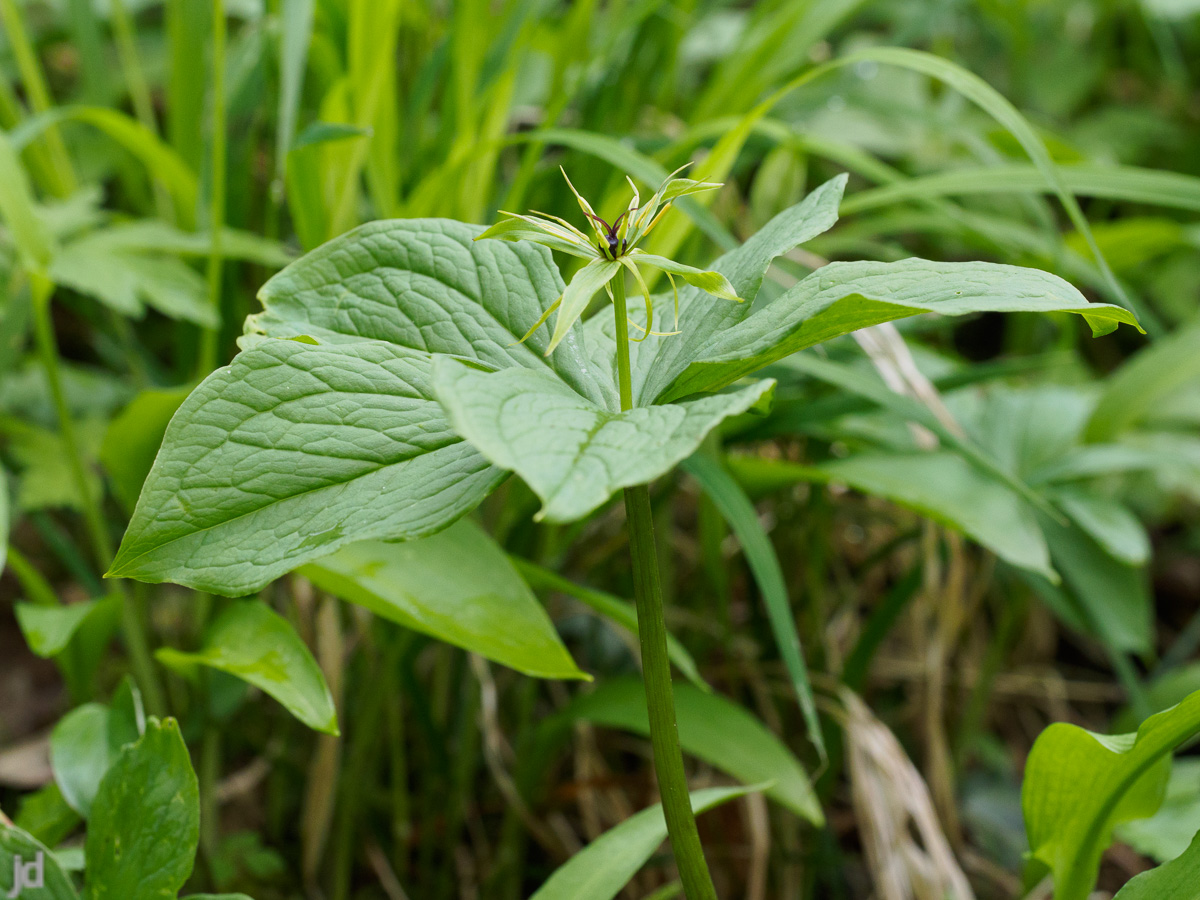We’re digging into our archive and library to share with you a range of publications that take an in-depth look at nature in the North East. Covering all areas of natural history, we hope these will provide North East naturalists with some thought-provoking reading material while time in the great outdoors is restricted.
You can read previous releases about Ring-necked Parakeets and beetles at Gosforth Nature Reserve by following these links.
For the next post in this series, we’re pleased to share a Northumbrian Naturalist paper by Marie Addyman, who highlights William Turner’s efforts to Herb Paris, a plant familiar to many from the wilder reaches of North East England.
Summary
William Turner’s efforts to identify Herb Paris Paris quadrifolia, which persisted for well over 20 years, were a key component of his subsequent reputation as the first writer in English to identify approximately 300 native plants. This paper analyses the difficulties for him in aligning a plant seen locally with those described in available herbals, both the Greek and Latin texts of the classical world and the contemporary European accounts. Such difficulties were intrinsic to sixteenth-century parameters in natural history and its vocabulary. Utilising Scott Attran’s concept of the “generic-specimen” in folk botany, Turner’s description of Paris quadrifolia is shown to be typical of his general descriptive practice. It also demonstrates that this practice was aimed at considering plants for what was believed to be their medical qualities and the additional difficulties which such contemporary usage generated.
